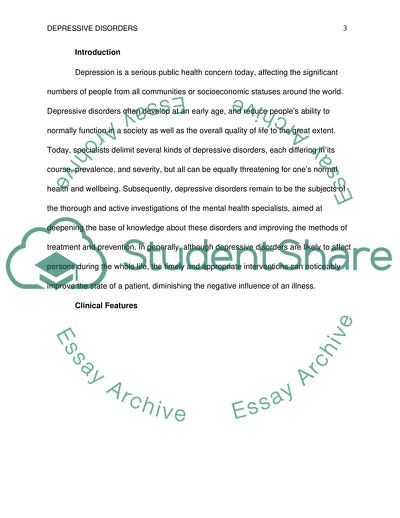Cite this document
(Depressive Disorders and Their Peculiarities Coursework Example | Topics and Well Written Essays - 1750 words, n.d.)
Depressive Disorders and Their Peculiarities Coursework Example | Topics and Well Written Essays - 1750 words. https://studentshare.org/psychology/1840121-depressive-disorders
Depressive Disorders and Their Peculiarities Coursework Example | Topics and Well Written Essays - 1750 words. https://studentshare.org/psychology/1840121-depressive-disorders
(Depressive Disorders and Their Peculiarities Coursework Example | Topics and Well Written Essays - 1750 Words)
Depressive Disorders and Their Peculiarities Coursework Example | Topics and Well Written Essays - 1750 Words. https://studentshare.org/psychology/1840121-depressive-disorders.
Depressive Disorders and Their Peculiarities Coursework Example | Topics and Well Written Essays - 1750 Words. https://studentshare.org/psychology/1840121-depressive-disorders.
“Depressive Disorders and Their Peculiarities Coursework Example | Topics and Well Written Essays - 1750 Words”. https://studentshare.org/psychology/1840121-depressive-disorders.


